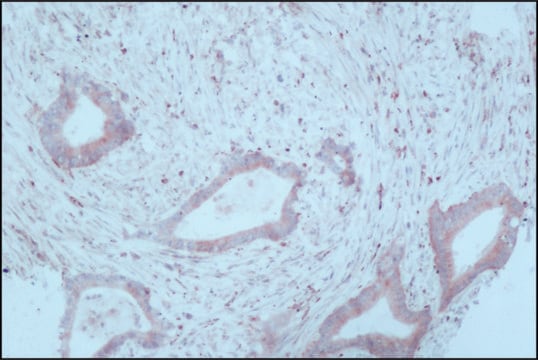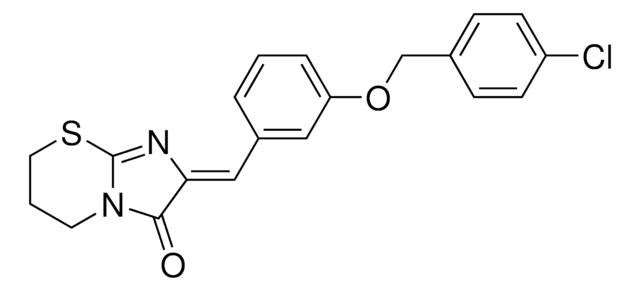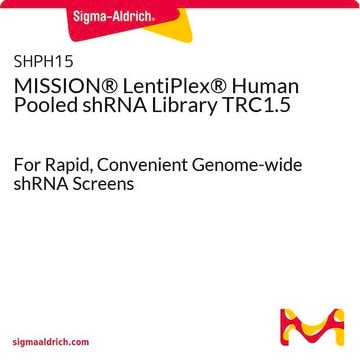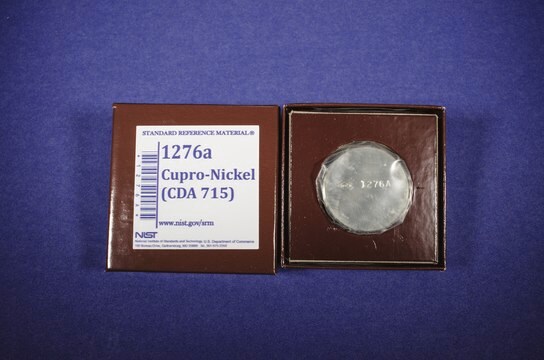价格与库存信息目前不能提供
推荐产品
生物来源
fish unknown/unspecified
包装
tube of 5 μg 95122019-DNA-5UG
pkg of vial of cells 95122019-1VL
生长模式
Adherent
核型
Diploid and modal no. 60
形态学
Fibroblast
产品
Not specified
受体
Not specified
技术
cell culture | mammalian: suitable
运输
dry ice
储存温度
−196°C
细胞系来源
Fish Coho salmon fibroblast
细胞系描述
The fish cell line CSE-119 was initiated in 1963 from pooled embryos of Coho salmon (Oncorynchus kisutch). CSE-119, also known as Coho salmon embryo-119, are susceptible to infectious pancreatic necrosis virus (IPNV) but show a lack of sensitivity to infection with viral haemorrhagic septicaemia virus (VHSV) or infectious haematopoietic necrosis virus (IHNV). This might be correlated to the natural resistance to infectious haemotopoietic necrosis in this species. For replication of salmonid viruses CSE-119 cells should be incubated at 18°C.
应用
Isolation of viruses from clinical samples, virus propagation
培养基
EMEM (EBSS) + 2mM Glutamine + 1% Non Essential Amino Acids (NEAA) + 10% Foetal Bovine Serum (FBS).
传代培养常规
Split sub-confluent cultures (70-80%) 1:3 using 0.25% trypsin or trypsin/EDTA; 5% CO2; 15-21°C; split every 10-14 days; requires a new flask every passage. Fish cell lines detach easily during transit if the culture is too young. After resuscitation spli
其他说明
Cultures from HPA Culture Collections and supplied by Sigma are for research purposes only. Enquiries regarding the commercial use of a cell line are referred to the depositor of the cell line. Some cell lines have additional special release conditions such as the requirement for a material transfer agreement to be completed by the potential recipient prior to the supply of the cell line. Please view the Terms & Conditions of Supply for more information.
Depositor and originator: Dr J L Fryer, Department of Microbiology, Oregon State University,Corvallis
Active Filters
我们的科学家团队拥有各种研究领域经验,包括生命科学、材料科学、化学合成、色谱、分析及许多其他领域.
联系客户支持







